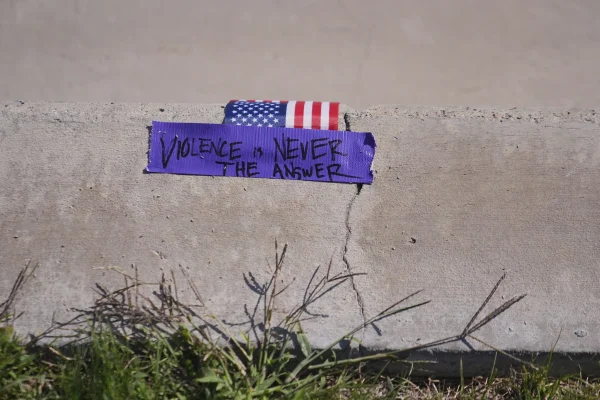A message about your bottled water
Bottled water is so last year.
Unless it’s a 5-gallon jug that you refill at mom’s because the water at your place smells like rotten eggs, there’s no reason for bottled water. There’s this thing they invented recently that routes water from lakes into the cities: it’s called plumbing.
We get why bottled water was popular for a while — the same reason yuppies drive Hummers in the suburbs and Americans drink green beer and some women think douching is healthy — because it’s available and there are some really good advertising agencies out there. But this is a new era.
Luckily, we can say we go to a school that is embracing the need for environmental responsibility. Oakland University and the Oakland Center in particular, have been making simple changes to reduce our footprint.
According to the director of the OC, Richard Fekel, the building has been making
eco-friendly improvements since as far back as ’97 when a cardboard bailer was purchased. Some improvements to the OC over just the last few years include the installation of automatic faucets, light motion sensors, compact fluorescent lighting and increased recycling.
There are also several other initiatives on the table right now that are being researched for the future. One of those is the installation of water bottle refilling stations, similar to those in Vandenberg’s dining hall, meant to reduce the amount of trash created by one-time-use bottled water.
The OU Environmental Coalition is creating a lot of the steam that’s driving OU’s eco-friendly engine. The coalition is hosting “Green Week” on campus through March 13, pushing the ideas of rethink, reduce, reuse, recycle and recharge.
While the rain canceled the scheduled demonstration Tuesday to show how many plastic bottles get dumped into U.S. landfills every minute, student and OU Environmental Coalition member Edward Thompson-Matthews said that the number was at about 40,000 in 2007 and is rising.
The consumption of bottled water wouldn’t be as disturbing if the plastic was just recycled. Fekel said that despite the recycling bins located throughout the buildings, the biggest challenge is educating students where to discard recyclables and garbage. Once trash contaminates the recyclables, all of the contents need to be thrown away.
Unfortunately, the Michigan United Conservation Clubs’ initiative to expand the Michigan bottle deposits to water and juice containers failed this past summer.
The MUCC has said that while 97 percent of citizens recycle bottles and cans with deposits, they only recycle 20 percent of those without deposit and 80 percent of those end up in landfills or critical wildlife habitats.
When you’re thirsty, try refraining from investing your last $1.50 on your future children’s problem. Instead, invest in a refillable bottle.
For more on OU’s environmental efforts read our Editorial Board blog.







